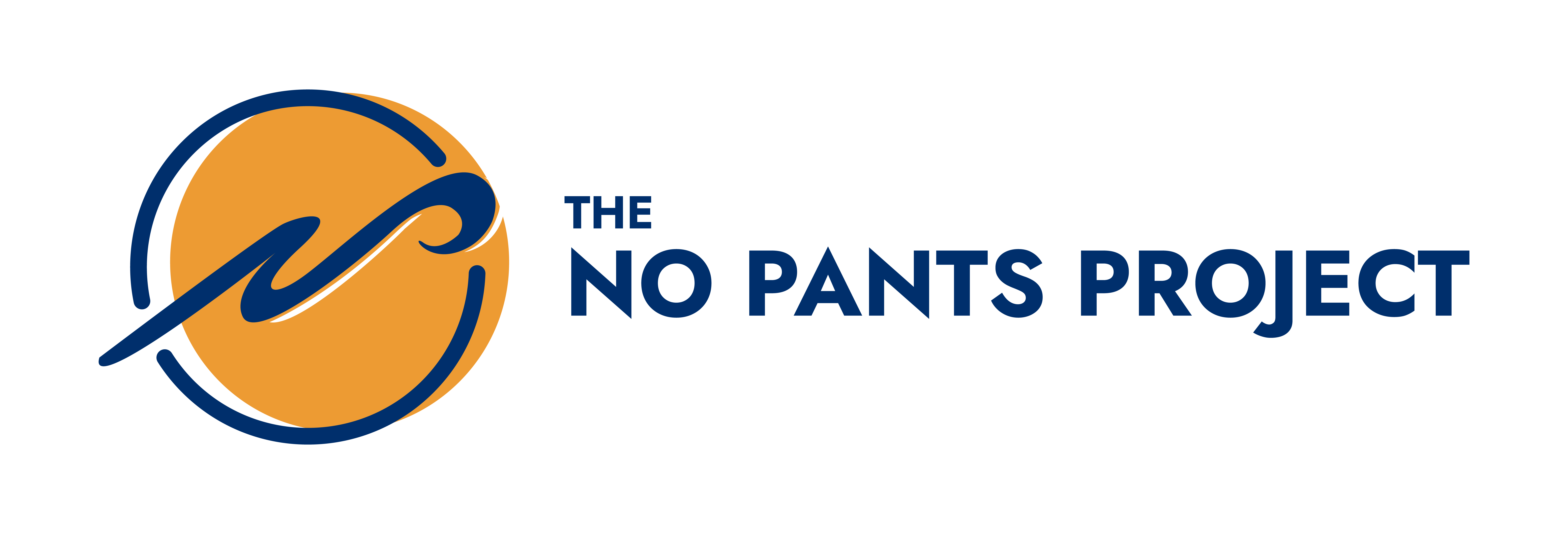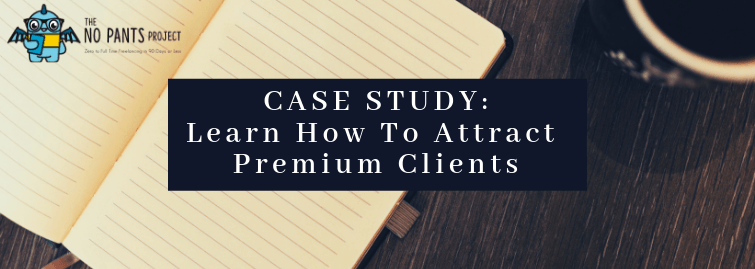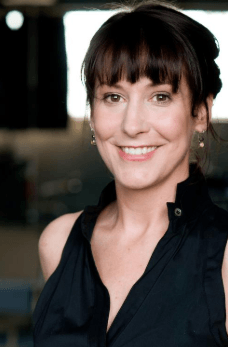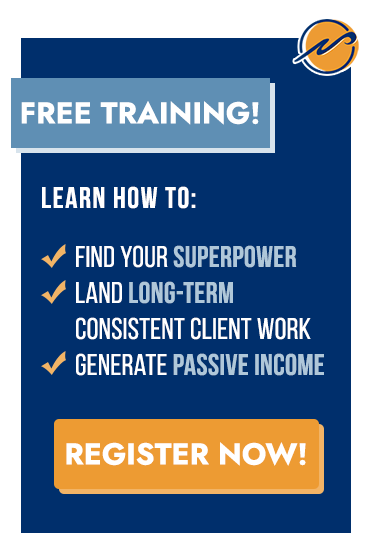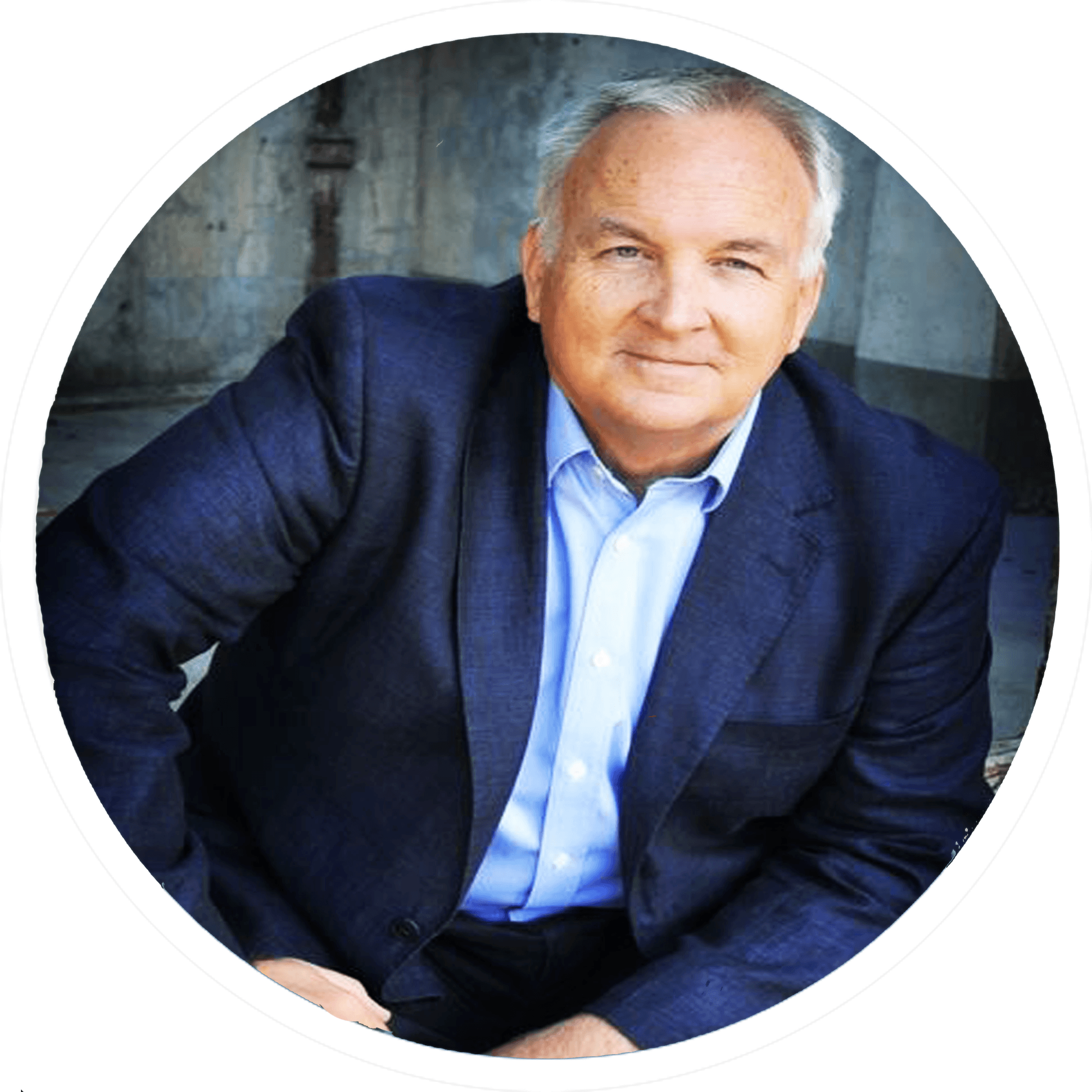Me, before I made a podcast for the first time… (two days ago):
Yes, podcasting could help me establish a voice in the market, but I’m a simple person.
I prefer writing with pens on wide rule paper.
The mess of cords under my desk gives me anxiety.
I can’t even figure out the thermostat.
Podcasting is probably too complicated for someone like me, because also …
- I don’t have a microphone or studio setup.
- Adobe products make me feel dumb, therefore I do not use them, therefore I do not have logos or cool graphics.
- I also do not mix or “produce” audio, video, or anything else that would get me into a hipster A/V club.
- Even if I had or did all that stuff, I’m not about to write a script.
Uuhhgghhhh
I have stuff to say, but I don’t wanna say it that bad.
New Me, Podcast Maker Me:
I recorded my first podcast after listening to an episode of The No Pants Show, about How To Start a Podcast With Just A Cellphone And 3 Free Apps by my most legit source of stuff about business and mindset, Mike “My Middle Name is Meta” Shreeve.
He made it sound so easy I decided to take his claim as a challenge, and try it myself.
VERDICT: Mike “My Other Middle Name is Straight Shooter” Shreeve was not lying.
Per usual, the more advanced technology gets, the less advanced our skills have to be.
This means podcasting (a process, I’m sure, many would argue was already easy, but I’m gonna assume those people aren’t reading this, and if they are, that’s on them) is now officially, ridiculously easy.
“I’m teaching you … not what the best microphone is, but the minimum viable version of a podcast using free tools that will get you started today.” – M. “Straight Shooter” Shreeve
1. GRAB YOUR PHONE.
Even if your hands are as dainty as wee kitten paws, if you can hold a smartphone, you can hold a podcast machine in your delicate little palms.
So don’t run out and buy a fancy microphone, until you know you’re ready to commit to podcasting as a viable content or business investment.
For now, the microphone in your iPhone or Android device works just fine.
In fact it’s the same one Mike’s been using on all the new No Pants Show Podcast episodes.
BEGINNER TIPS + SOUND LESSONS
- Record in a closet.
- Make sure you have clothes in the closet.
Mike’s been recording his podcasts in a walk-in closet, where clothing serves as a kind of audio padding and simulates the intimate sound quality of a recording studio.
As someone who occasionally does voiceover work, I’ve also done closet-recording in the past. But it’s been a while, and in the meantime my (relatively small and definitely not walk-in) closet has gotten a bit overgrown with fashion weeds and clothing chaos.
By contrast, the closet in my office is nearly empty at the moment, so I decided to record my podcast in there.
Result: Meh.
Sound Lessons Learned: The whole point of recording in a closet is to surround yourself with echo-absorbing fabric and all the clothes you should’ve taken to Goodwill five years ago.
My “studio” featured wood floors and zero wall covering, so it sounds like I recorded in an empty bathtub.
And you know what? That’s okay!
If your closet is too crowded to turn into a pretend recording booth, then sit down at your desk or dining room table and just go for it.
Or, if you really want better sound on a shoestring budget, you can always make a Blanket Fort studio.
Example of studio wall covering:
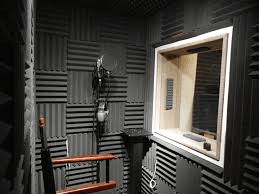
No studio, No closet, No problem
Try the (far warmer and darker) Blanket over Head method used by creatives on the road
(And creatives with no closet space)
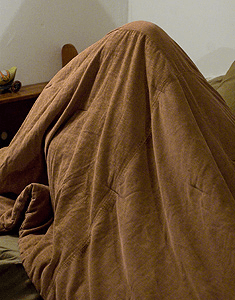
Recommended for relatively short recordings or longer recordings in an igloo.
It looks like a joke, but it’s legit.
I’ve done it in the past, and wish I’d thought to bust out the blanket for my first podcast.
“It is a necessary part of the process to be bad in the beginning. So my approach with all things is I might as well get started, and I might as well remove as many of the obstacles to getting started as possible so that I can be bad, quickly.” – Mike Shreeve
2. DOWNLOAD THESE FREE APPS TO MAKE A PODCAST.
1. Anchor.FM
Anchor.FM is everything you need to record and publish a podcast.
I thought about including step-by-step instructions here, but you don’t need them. Trust me. This is one of the friendliest interfaces ever. (I wish I could say the same for my home thermostat.)
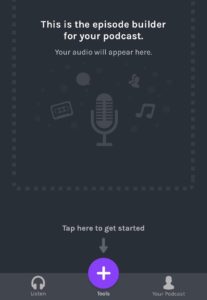
Anchor’s key features
Recording Flags: This would be especially handy for long episodes. Tap the icon whenever you flub up, or basically at any point in the recording, to visually flag spots you want to focus on during the review and editing process.
At one point while I was sitting in my office closet, telling my snowboarding story to my phone, I completely lost the plot. If I’d used this flagging function (or been willing to edit the episode at all), then I could’ve returned to that patch of dead air, and removed it.
Here’s a picture of dead air… and the flag icon I didn’t tap.
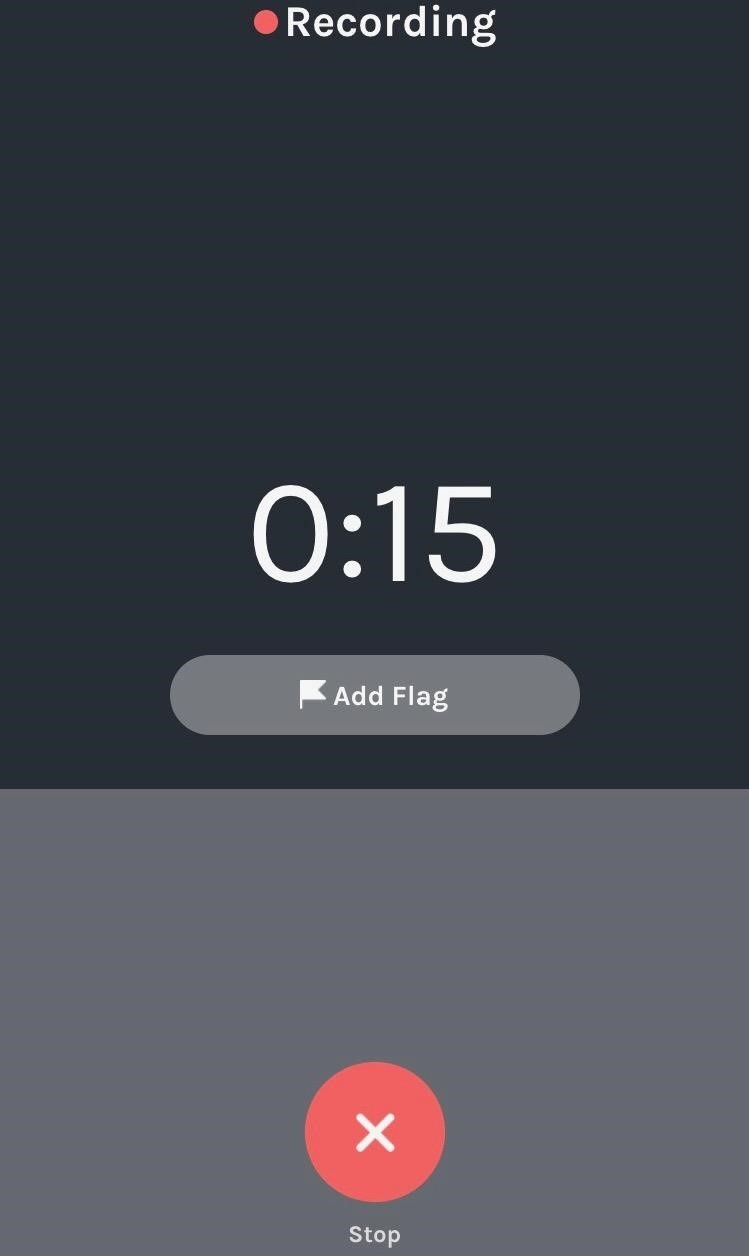
If I record more podcasts, hopefully I’ll remember to tap that flag icon, even if I can’t remember what I’m talking about at any given moment.
Editing/Segmenting: Like I said, I didn’t fool around with any editing, because my goal was to finish, not finesse.
I did revisit the editing features while writing this post, though. Within five minutes or so, the process seemed about as straightforward as the rest of Anchor’s bells and whistles.
In fact, I was tempted to start slicing and dicing my one and only episode, just for fun, but I resisted the urge and kept writing. Look at me goooo!
Royalty-Free Music: Pick from multiple categories of background and interlude music, and drop it into your episode as easily as adding songs to a playlist.
Hosting & Distribution: One click sends your finished podcast to iTunes, Google Play, Spotify, Stitcher, and a bunch of other platforms, even if you don’t have accounts set up with them.
I’ve been getting a little thrill every time Anchor sends a new notification about my podcast posting on another platform, which is weird, since I simultaneously cringe at the thought of someone actually listening to it.
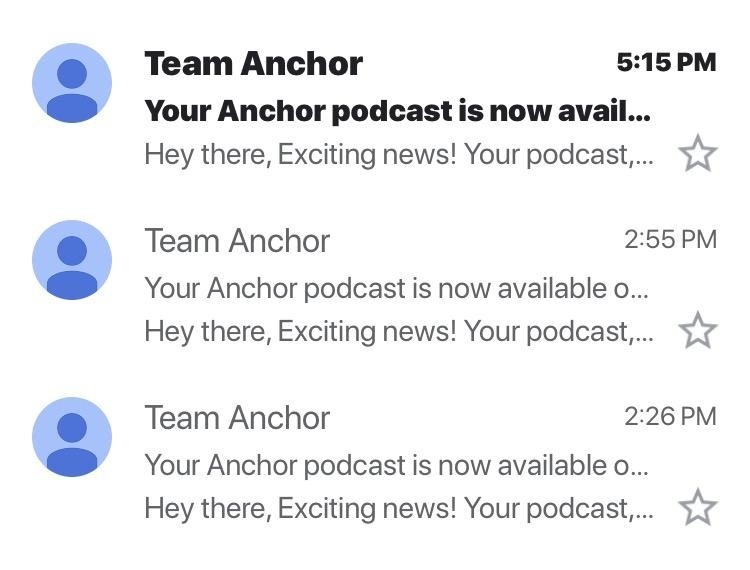
Mike’s Word to the Wise about owning your content:
Just to be safe, Mike recommends downloading copies of all the files you create, so your content isn’t strictly under the control of a third-party cloud service, even if it’s one as fabulous as Anchor.FM.
BRANDING & SOCIAL
Okay. Once you’ve recorded your first episode on Anchor.FM, you can stop there if you want.
(I did.)
The Anchor app is truly a self-contained one-stop-shop podcast maker.
To expand the reach of your podcast or use it as a marketing tool, check out these other, also free, apps that make easy work of distributing audio content outside of podcasting platforms.
2. Headliner.app
Mike uses this super cool tool to convert podcasts into video files for sharing across social platforms like YouTube and Facebook.
Headliner is actually packed with other cool features, too.
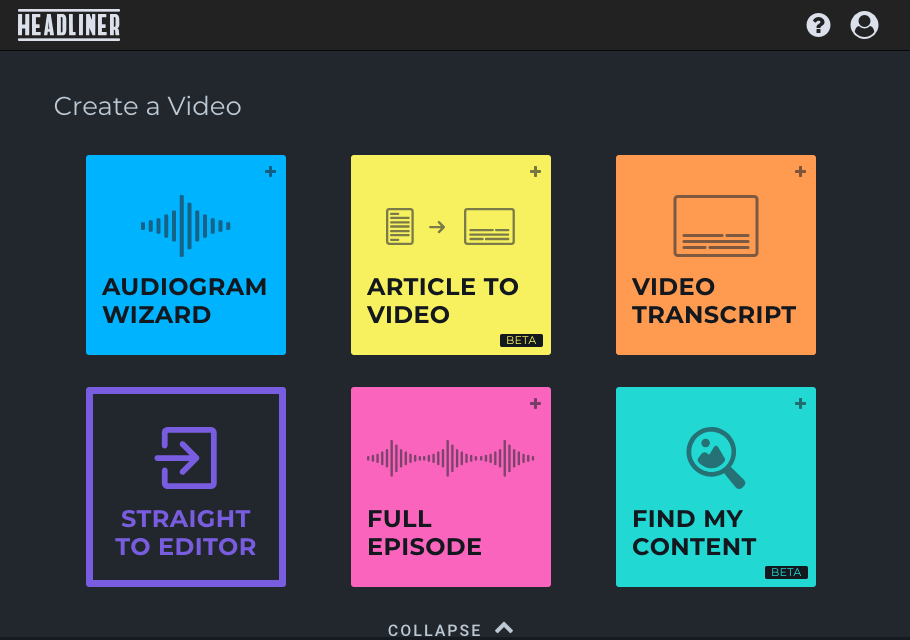
- Audiogram: Make a 1-minute promotional clip for promoting podcasts on social media.
- Article to Video: App analyzes and condenses your written blog post into a thousand-word summary. From there you can edit, add music and photos, and export into video format.
- Video Transcript: Upload a video clip, up to 200 MB, for transcription with subtitles. Perfect for interviews or video podcasts.
- Full Episode: Convert up to TWO HOURS of audio to video format. Wow.
This is what Mike’s been using to post episodes of The No Pants Show in YouTube.
Note: In this article, the term “video” is less about moving pictures and more about a format that’s easy to upload and share. So the video you make from a podcast will most likely be audio accompanied by a static image, packaged into a video file. Like an old silent film, but in reverse.
- Find my Content: Upload audio and let the tool add video and images to it.
- Straight to Editor: Start with a completely blank workspace where you can manually decide what to upload and make.
As for keywords and whatnot: Write good descriptions and good headlines. Don’t obsess about SEO at this point. Just make more and post more. Let Headliner take care of the rest.
More from Mike: “I rely on being prolific rather than spending a bunch of time on one piece of content, because I’ve been in the content game long enough to know… it’s almost impossible to predict what will take off, so the only way to actually increase your chances of having a huge traffic avalanche is through frequency, through being prolific.”
3. Canva
If you want to use your own images instead of the stock freebies in Anchor, Canva makes it super easy to create templates for sharing branded content across social media.
That’s where Mike makes the pics for his content in YouTube and Facebook.
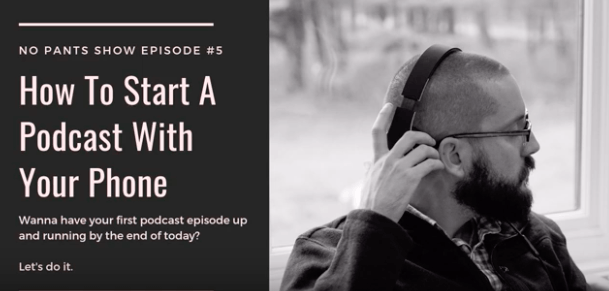
Canva is yet another free tool that makes the Technically Inept like me feel less helpless.
I’m not trying to make masterpieces over here, so I don’t need a complicated interface.
I just want some branded visuals that don’t require a design degree or fancy software.
Thanks, Canva!
Why post your podcast in YouTube?
If you want more eyeballs, more listeners, and more traffic, get your recordings on YouTube, the system-agnostic gathering place that doesn’t care who your friends are, or whether they’re using Android, Apple, or sitting in front of a laptop.
And because YouTube is its own search engine, you can get noticed without competing in the realm of Google search.
Fun Facts about YouTube Traffic:
- Over 30 MILLION people visit YouTube every day.
- YouTube tallies an estimated 1.3 billion users as of January 2019.
- About FIVE BILLION videos are played every single day.
- About a billion of those plays are happening on people’s phones.
Aces!
Why post your podcast in Facebook?
If you’ve got a Facebook page, and you’re ready to take this podcasting game to the next level, check out Mike’s advice on using your podcasts to create native advertising.
He converts podcasts to videos, posts those videos in Facebook, and then uses the successful ones to create ads.
From Mike: “So what I’m doing with these podcast episodes is I’m putting them on Facebook and I let the organic reach and the data tell me which of the podcast episodes is doing the best, specifically in the description.”
As part of the video description he adds in the Facebook dashboard, Mike also includes a call to action, e.g, “…to find out more about my case study, go to thenopantsproject.com.”
“What I get from Facebook is data on what podcast is working to drive clicks to where I want people to go. So the podcasts that perform well, I turn into a Facebook ad. This is called native advertising.”
For a deeper dive into the data side of podcasting, check out the follow-up episode where Mike shares results and lessons from his podcast experimentation.
3. JOT YOUR PODCAST TOPIC NOTES OR OUTLINE.
It should go without saying, but let’s say it anyway: Talk about what you know, or at least what you’re in the process of learning.
That’s what I’m doing now. I’m sharing what I’m learning while I’m in the process of learning it.
(To review: You’re learning about podcasting from someone who’s also learning about podcasting by listening to a podcast about podcasting. This post might explode into a million little meta mirrors any minute now.)
If you’re pretending to be or know something you’re not or don’t, people pick up on it and stop listening.
That’s not to say people will listen just because you’re genuine, either.
It’s the most natural thing in the world for me to tell meandering, pointless stories. Just because it’s real, doesn’t make it “radio ready.”
As for scripting, use the creation process that suits you.
Having tested it, I can say I’m a fan of Mike’s approach: Simple bulleted outline on a post-it note, just enough to guide delivery.
This bare bones overview is quick and easy to create, and lends itself to a more conversational vibe. It’s like a friend telling a story, rather than a stranger reading to you.
Here’s the post-it outline I painstakingly created for my really bad podcast. (I thought about naming it that, “My Really Bad Podcast,” but it seems a little dramatic.)
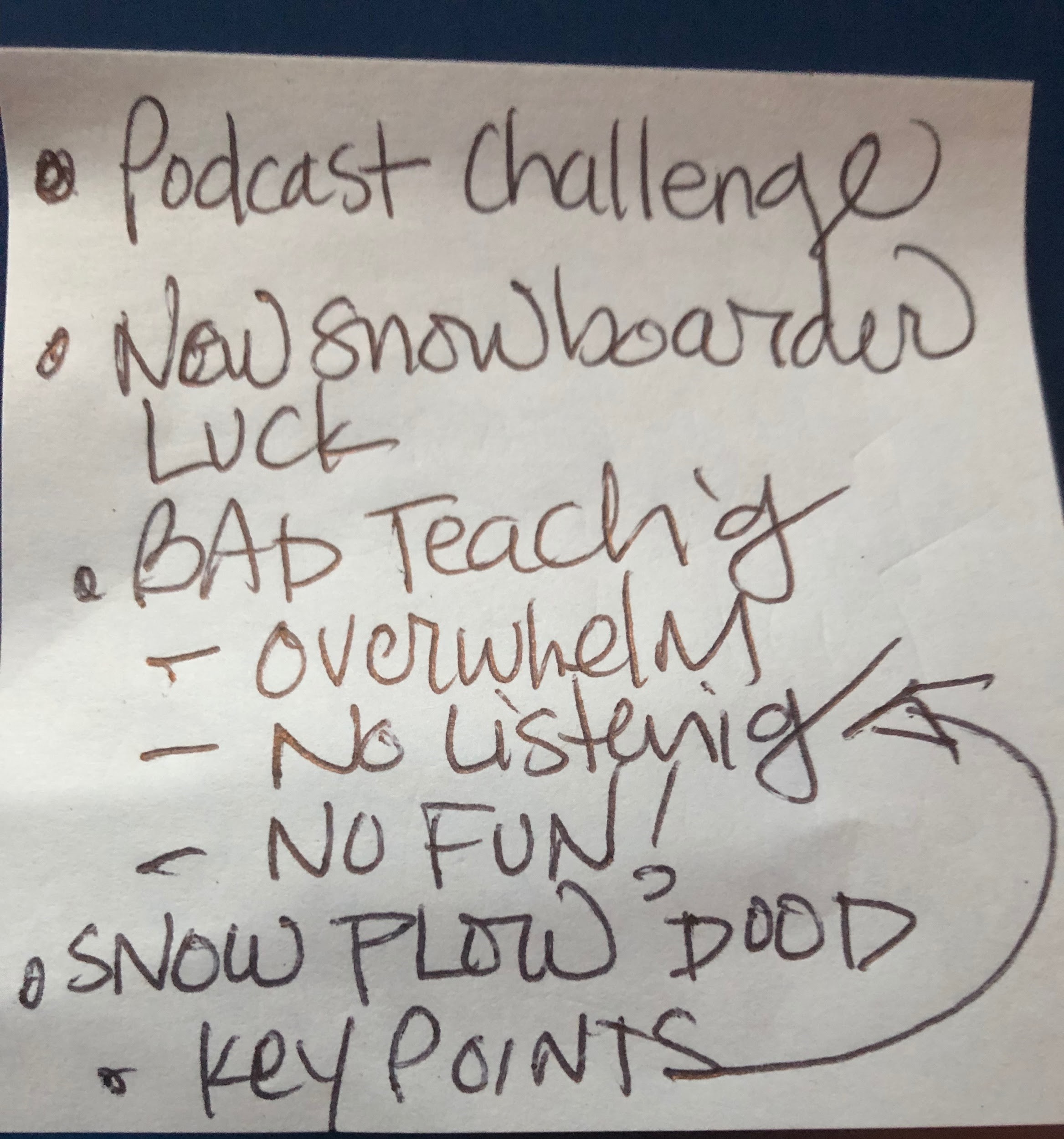
Now that you’ve seen my psychotic penmanship, I shouldn’t care if you hear my podcast. You already know too much.
4. PUT IT ALL TOGETHER.
Okay, let’s do a snapshot of all this, ordered in sequence.
Start: Record Your Episode
- Sketch your outline.
- Use the Anchor app to record the episode on your phone.
You can stop there if you want, or you can add branding and share in social media.
Then: Brand & Distribute
- Make your posting image in Canva.
- In Headliner, upload the audio from Anchor and image from Canva.
- Export the video file from Headliner to the social-media platform of your choice.
Pat yourself on the back. You made a thing. Go you!
5. START NOW. FIND ANSWERS SOONER.
Unless you hate listening to podcasts or you’re sure you wouldn’t like making one, the best way to figure out whether you should start your own is to record some episodes and see.
Stumbling around is the best way to learn.
But what about?…
Maybe you’re wondering how long your podcast should be, or whether you should do interviews or use some other sort of format.
No matter what kind of content you’re considering, if you’re waiting for a divine spark of inspiration or confirmation that you’re making the best possible choice, check out this No Pants article for some advice that might help you get out of your own way.
Again, a word from Mike, “You can’t figure this stuff out by just thinking on paper, you have to go out and do something. You have to make something.”
Also from Straight Shooter Meta Mike Shreeve…
- It doesn’t need to be complicated. This idea and mental process of Minimum Viable Product, ‘What is the least I need to get started?’, will always be a helpful tool in growing your business.
- Instead of trying to make it perfect on day one, just go ahead and start where you’re at and be bad at it for a second… Get started. It will help you to create things.
- And then what happens is you start to get in this mode of creation. When it’s a habit, that’s when it’s easy to get good. Because it happens naturally. You don’t have to push yourself and grind.
- Fancy tools don’t make you better.
- Get better by doing and creating.
For practical advice on creating content, easily and consistently, check out the tips in this other podcast from Mike: 21 Ways to Attract Your Dream Client With Easy To Make Content.
That’s a Wrap… You Made A Podcast!
It’s easier than ever to record and share your voice and insights, stories and business with podcasting.
All you need is a topic, a phone, and the free apps mentioned here.
No sound studio, no fancy microphone, no engineering experience required.
At this point, the goal is to do and finish. Celebrate imperfection as a vital part of your learning process.
Even after you’ve got some experience under your belt, you should focus on quantity over perfection.
Content begets Content. The more you create, the more ideas will come.
Don’t wait for inspiration. Just get started.
You can listen to the entire podcast on podcasting here.
If you enjoyed it, leave us a rating on iTunes or your favorite podcast platform. You can also subscribe to the show here, and never miss an episode.
One of my favorite things about the The No Pants Project is being surrounded by creatives of all stripes, from wicked smart web-dev peeps to project managers and the tech-inept like me.
We’re all figuring out how to build freelancing businesses that play on our strengths, instead of bending ourselves to the will of jobs that drain our power.
In the process, we’re learning about strengths we never knew we had.
(Like podcasting… maybe?)
It sounds cool, because it is. Maybe you should check it out.
